Language

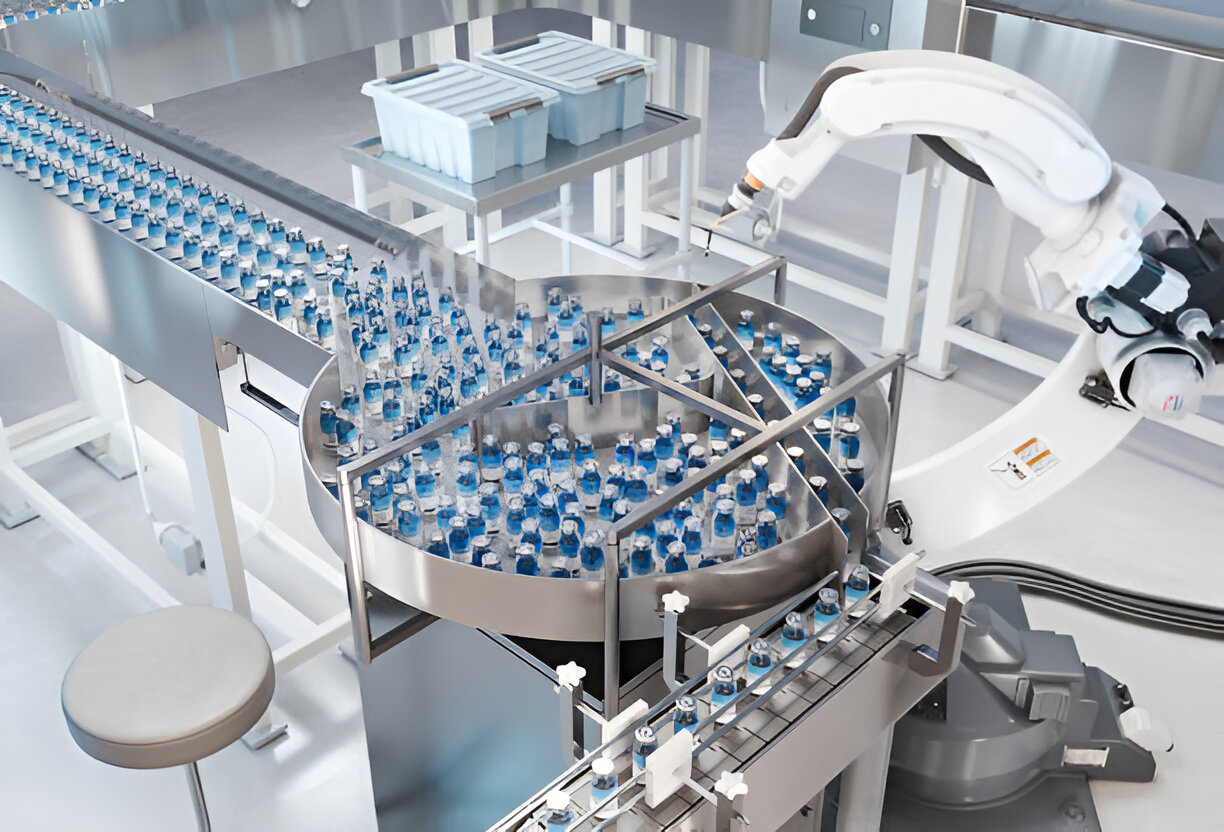
In the pharmaceutical and biotechnology industries, ensuring that production equipment and environments are sufficiently cleaned is critical. This prevents cross-contamination between product batches, where materials from previous batches could potentially affect the quality of the next. The process of proving and documenting that equipment is clean enough to avoid such contamination is known as cleaning validation.
Cleaning validation is a highly complex process, involving a wide range of procedures and challenges. Several typical issues arise during cleaning validation, and understanding these can help streamline the process and ensure compliance with industry standards.
When conducting routine tests on stainless steel machinery, especially in the production of specialized proteins, it is essential to choose appropriate sampling materials. Swabs are used to wipe down the interior surfaces of the machinery, collecting residue that will be tested to determine the potential for cross-contamination between batches.
In these cases, methods for testing bacteria and Total Organic Carbon (TOC) require swabs or wipes that are either pre-cleaned in a cleanroom environment or can be sterilized using an autoclave. Among the available options, 100% double-knit polyester wipes offer a particularly high recovery rate. These wipes are capable of absorbing at least 400 milliliters of water per square meter, and their structure allows them to be rinsed thoroughly for analysis. Polyester, in particular, is resistant to high-pressure steam sterilization, making it suitable for cleaning in environments where sterility is crucial.
For cleaning validation of machinery used in pharmaceutical production, such as those used for manufacturing dental anesthetics, it is important to use swabs that release minimal residue. Pre-cleaned polyester swabs are recommended for this purpose, as polyester is highly resistant to most solvents. In tests, swabs of this type, with a head size of 0.25 inches × 0.66 inches, release approximately 0.05 milligrams of residue when immersed in boiling alcohol for 10 minutes. At room temperature, the residue is significantly lower, making these swabs an excellent choice for sensitive cleaning validation tests.
For manufacturers of high-purity drugs, the cleanliness of swabs is crucial when conducting tests like High-Performance Liquid Chromatography (HPLC). HPLC is used to analyze contaminants collected from swabs, and any adhesive used in swab production could interfere with the results.
To avoid this issue, adhesive-free cleanroom swabs are recommended. These swabs are thermally bonded to their handles, eliminating the need for glue and ensuring that no adhesives are released during testing. This feature allows HPLC analysis to be conducted without interference, ensuring accurate results in the detection of contaminants.
In certain cases, such as when testing machinery used in animal health medication production, companies may be concerned about swabs releasing particles that could interfere with TOC or Volatile Organic Compound (VOC) detectors. This is especially important when testing sensitive equipment where even minimal contamination could impact the outcome.
Swabs designed for cleaning validation are manufactured, cleaned, and packaged in cleanroom environments, which minimizes the risk of particle release. For example, washed polyester swabs have been shown to release an extremely small amount of particles. Swabs with a head size of 0.50 inches × 1.01 inches leave a residue of less than 0.4 milligrams per swab, and any detectable residue is only present after boiling the swab in alcohol for 10 minutes.
Understanding these common issues and solutions is critical to the success of cleaning validation processes. By choosing the right materials—such as pre-cleaned polyester swabs and adhesive-free options—companies can ensure their cleaning validation efforts are effective, preventing cross-contamination and ensuring the reliability of their products. Proper cleaning validation not only ensures product quality but also maintains compliance with stringent industry regulations
Learn more about Wipestar TOC cleaning validation swabs.
Key features:
Pre-cleaned in cleanroom environments: Ensures minimal contamination.
Low particle and residue release: Reduces interference with sensitive testing equipment.
Solvent-resistant materials: Typically made of polyester, which withstands most solvents and sterilization methods.
Adhesive-free construction: Prevents contamination from adhesives, ideal for accurate analytical testing.
High absorbency: Capable of collecting sufficient sample residue for thorough analysis.
RELATED RESOURCES
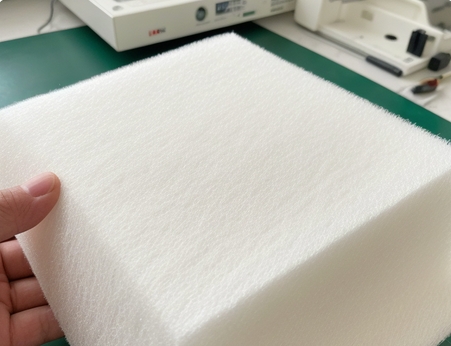
Microfiber Clean room Wipes Application Guide: Biopharmaceutical/Fab Cleaning Solutions.
As the core consumable in the field of precision cleaning, the microfiber dust-free cloth is precisely woven b......
More
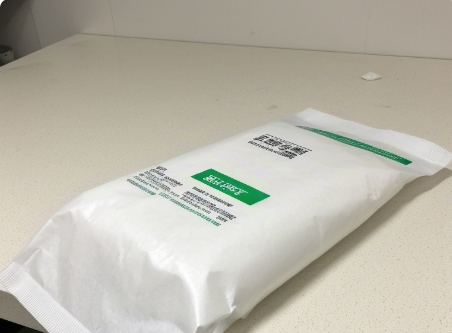
What are the grades of industrial clean cloth?
The industrial dust-free cloth grade classification system is an important technical specification for clean e......
More
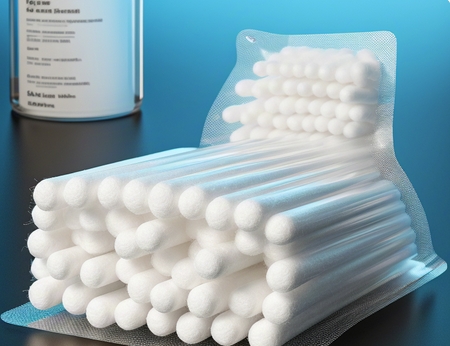
Should I choose 70% or 99% cleanroom cotton swabs?
Professional grade isopropyl alcohol cleaning tool operation guideIn the field of precision instrument mainten......
More
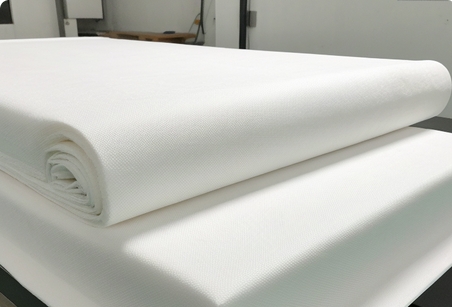
How to clean room with industrial dust-free cloth?
Guide to operating specifications for professional clean environment surface cleaningIn controlled environment......
More
Related Products
Room 101, Building 1, Angeer Factory, No.4, Hetian Road, Shatian Community, Kengzi street, Pingshan District, Shenzhen, Guangdong, P.R. China 518122
info@wipestar.com
+86-755-89616775
+86-755-89616773
Related Products
RELATED RESOURCES

Microfiber Clean room Wipes Application Guide: Biopharmaceutical/Fab Cleaning Solutions.
As the core consumable in the field of precision cleaning, the microfiber dust-free cloth is precisely woven b.........
More

What are the grades of industrial clean cloth?
The industrial dust-free cloth grade classification system is an important technical specification for clean e.........
More
WIPESTAR
微信官方公众号